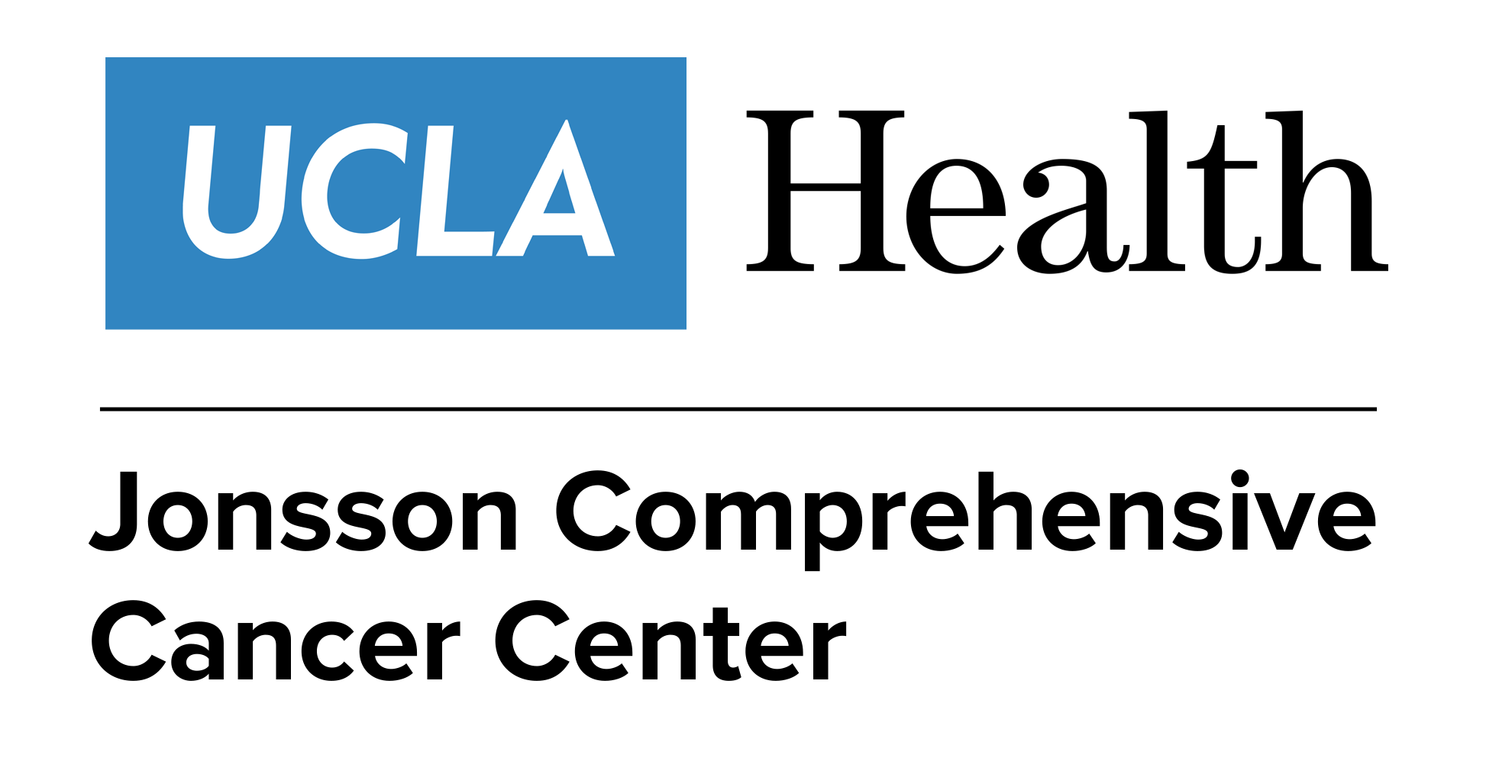
NCCN Guidelines Reflect Recent Advances in Resectable NSCLC

Updates to the NCCN guidelines for patients with resectable early-stage NSCLC now include neoadjuvant and adjuvant regimens with chemotherapy, immunotherapy, and targeted therapies, which promise to change biomarker testing practice.
Recent approvals in non–small cell lung cancer (NSCLC) have expanded treatment options both in the neoadjuvant and adjuvant settings, according to Jane Yanagawa, MD. As a result, biomarker testing for patients with earlier-stage disease is beginning to solidify a role in routine practice to guide treatment decision-making.1
The need for enhancing treatment choices for patients with resectable NSCLC is evident in statistics showing that 5-year survival rates range from 92% for patients with stage IA1 disease to 36% for those with stage IIIA tumors.2 “This suggests that there’s a lot of room for improvement beyond just operating on these patients,” Yanagawa said during a presentation at the 2022 National Comprehensive Cancer Network (NCCN) Annual Conference in April.1
Yanagawa is a thoracic surgeon at UCLA Jonsson Comprehensive Cancer Center and an associate professor at the David Geffen School of Medicine at UCLA, both in Los Angeles, as well as director of thoracic surgery at UCLA Santa Monica Medical Center, all in California. As a surgeon, Yanagawa said she refers patients who may qualify for preoperative or adjuvant therapy for consultation with a medical oncologist. “You always have to balance the benefit with the risks,” she said, including whether earlier use of therapy will negatively affect surgical outcomes.
Recent Approvals
Findings from clinical trials conducted during the 1990s have established a role for chemotherapy combinations in patients with early-stage NSCLC in preoperative and postoperative settings.3,4 During the past 18 months, the repertoire for early-stage disease has been expanded with 3 key approvals: osimertinib (Tagrisso) for the adjuvant treatment of patients with EGFR-mutated tumors5; atezolizumab (Tecentriq) as adjuvant therapy for patients with PD-L1–positive tumors6; and nivolumab (Opdivo) plus chemotherapy as neoadjuvant therapy.7 The FDA’s decision on the nivolumab regimen in March 2022 marked the agency’s first approval for neoadjuvant therapy for early-stage NSCLC.7
NCCN guidelines for resectable early-stage NSCLC now include neoadjuvant and adjuvant regimens with chemotherapy, targeted therapy, and immunotherapy (Table 18). The approvals for osimertinib and atezolizumab will change practice for biomarker testing, Yanagawa said.
Whereas NCCN guidelines recommend broad biomarker testing for patients with advanced or metastatic disease,8 patients with stage IB to IIIA disease should receive EGFR or PD-L1 testing if they are being considered for osimertinib or atezolizumab therapy, respectively. “PD-L1 and EGFR mutations are now really important to determine whether patients need adjuvant therapy after their lung resections,” Yanagawa said. She added that screening for EGFR mutations and ALK alterations also may be necessary before considering a neoadjuvant nivolumab regimen because patients with those aberrations were excluded from the study population in the pivotal trial.
Data Supporting Recommendations
During her presentation, Yanagawa reviewed findings from 4 key studies involving NCCN guideline-recommended regimens in the neoadjuvant and adjuvant settings:
- Platinum chemotherapy—Postoperative cisplatin-based chemotherapy significantly improved overall survival (OS) and diseasefree survival (DFS) in patients with resected stage IB to IIIA NSCLC, according to a pooled analysis of clinical trial results by the LACE Collaborative Group.4
After a median follow-up of 5.2 years, results showed an absolute benefit of 5.4% in OS and 5.8% in DFS among the total population of patients with stage IA to III who received adjuvant chemotherapy (n = 2281) compared with those who did not (n = 2303).
The findings translated into statistically significant HRs of 0.89 (95% CI, 0.820.96; P = .005) for OS and 0.84 (95% CI, 0.78-0.91; P < .001) for DFS. The benefit varied with stage of disease; patients with stage IA fared better without chemotherapy, whereas those with stages II or III disease derived the most benefit.
- Targeted therapy—Osimertinib, a third-generation EGFR tyrosine kinase inhibitor, is approved for adjuvant therapy after tumor resection in patients with NSCLC whose tumors harbor EGFR exon 19 deletions or exon 21 L858R mutations.
The FDA’s December 2020 approval in this setting is based on findings from the phase 3 ADAURA trial (NCT02511106) in which 682 patients with stage IB to IIIA NSCLC were randomized postoperatively to receive either osimertinib or placebo with or without platinum-based chemotherapy for up to 3 years.5,9
At 24 months, the DFS rate among participants with stage II to IIIA disease, the primary end point of the study, was 90% (95% CI, 84%-93%) in patients who received osimertinib vs 44% (95% CI, 37%-51%) in the placebo group, which translated into an HR of 0.17 (99.06% CI, 0.11-0.26; P < .001). In the overall population, the DFS rate was 89% (95% CI, 85%-92%) with osimertinib and 52% (95% CI, 46%-58%) with placebo, for an HR of 0.20 (99.12% CI, 0.14-0.30; P < .001).9
- Adjuvant immunotherapy—Atezolizumab is indicated for patients with stage II to IIIA NSCLC who have undergone resection followed by platinum-based chemotherapy and have PD-L1 expression of 1% or greater on tumor cells, as detected by the Ventana PD-L1 (SP263) Assay. The FDA approved the indication for the PD-L1 immune checkpoint inhibitor in October 2021 based on data from the phase 3 IMpower010 trial (NCT02486718).6
After a median follow-up of 32.2 months, the median DFS in months was not evaluable (NE) for the 248 patients in the population defined in the indication who received atezolizumab therapy (95% CI, 36.1-NE) compared with 35.3 months (95% CI, 29.0-NE) for the 228 participants in this group who had best supportive care (HR, 0.66; 95% CI, 0.50-0.88; P = .004).
Among all patients with stage II to IIIA disease who participated in the study (N = 882), atezolizumab therapy also showed a statistically significant advantage (HR, 0.79; 96% CI, 0.64-0.96; P = .02), with a clinically enriched benefit in patients whose tumors expressed PD-L1.10
- Neoadjuvant immunotherapy—The combination of nivolumab and platinum-doublet chemotherapy was approved based on findings from the phase 3 CHECKMATE 816 trial (NCT02998528). In all, 358 patients with stage IB (≥ 4 cm), II, or IIIA resectable NSCLC and measurable disease were randomized to receive the novel regimen or chemotherapy alone followed by resection.7
The primary end points were event-free survival (EFS), defined as the time from randomization to any disease progression, and pathological complete response (pCR), described as 0% residual viable tumor cells in the primary tumor and lymph nodes.11
After a minimum follow-up of 21 months, the median EFS was 31.6 months (95% CI, 30.2-not reached) in the nivolumab arm compared with 20.8 months (95% CI, 14.0-26.7) in the chemotherapy group (HR, 0.63; 97.38% CI, 0.43-0.91; P = .005). The pCR rate among patients who received nivolumab was 24.0% (95% CI, 18.0%31.0%) vs 2.2% (95% CI, 0.6%-5.6%) for those who received chemotherapy alone (OR, 13.49; 99% CI, 3.49-55.75; P < .001).11
Of note, 83.2% of patients treated with the neoadjuvant nivolumab regimen underwent definitive surgery vs 75.4% of those treated with chemotherapy alone, demonstrating that the use of preoperative therapy did not decrease the ability to perform surgery.12
Factors to Consider for Surgery
Before systemic therapies can be considered, the underlying question of whether the patient is a candidate for surgery must be answered. After diagnosis and staging, physiologic parameters are assessed, Yanagawa said.
These include pulmonary function testing, with surgeons seeking to predict before surgery what the postresection levels of forced expiratory volume in 1 second (FEV1 ) and diffusion capacity of the lung for carbon monoxide (DLCO) would be. The assessment is based on the patient’s anatomy and how many segments in each lobe would be left after the operation, Yanagawa said. “If you calculate a predicted postoperative FEV1 or DLCO, and you believe that after your planned operation that person will be left with FEV1 or DLCO of less than 40%, there will be an increased risk for morbidity and mortality after the operation,” she said.
Because these predictions are based on normal lung function, Yanagawa said, a more accurate assessment may be obtained with the addition of a V/Q scan, which evaluates differential perfusion and ventilation to different portions of the lung. Additionally, patients undergoing a pneumonectomy may need a 2-dimensional transthoracic echocardiogram to determine pulmonary arterial pressures. Patients with underlying coronary risk factors may need a preoperative cardiac stress test.
“[Individuals] usually think of lung resections as just affecting the lungs,” Yanagawa said. “But in addition to the lung parenchyma, you’re also affecting the pulmonary arterial system.… If you’re removing an entire side of the lung, you are suddenly shunting all the blood through the heart to only 1 side, and so that can have a major impact on pulmonary arterial pressures.
“Patients with baseline pulmonary hypertension may not be candidates for certain lung resections,” she added. “Although this operation doesn’t directly impact the heart, a common complication after lobectomy is atrial fibrillation, and there can be inflammation around the heart. For patients who have risk factors for coronary artery disease, a cardiac stress test is sometimes an important part of the preoperative workup.”
Beyond these variables, there are many other “more subtle factors” that must be considered before proceeding to surgery, some of which may surprise oncologists who do not perform surgery, Yanagawa said. She noted findings from a recent survey of experts conducted by the American Association for Thoracic Surgery.13
The experts ranked use of home oxygen/underlying severe lung disease, frailty, and predicted postoperative DLCO as the top 3 of 16 risk factors to consider for patients with stage I NSCLC being evaluated for lobectomy (Table 213). Notably, the experts ranked age as a sole factor as No. 14 on the list of risk factors, Yanagawa said. In patients 75 years or older, the extent of surgical resection rather than age alone has been associated with higher 30-day mortality and comorbidities helped increase postoperative complications. Meanwhile, surgical resection has resulted in low mortality rates and satisfactory outcomes in patients 82 years or older with stage I lung cancer.13
“Even not that long ago, a lot of patients who are older were not being referred to local therapies for their early-stage lung cancer purely because of their age,” Yanagawa said. “But that has changed a lot in the past decade with improvements of local therapies and increasingly elderly patients are getting treated with either SBRT [stereotactic body radiation therapy] or minimally invasive surgery for their stage I non–small cell lung cancer.”
References
- Yanagawa J. Non-small cell lung cancer: management of patients with resectable disease. Presented at: 2022 National Comprehensive Cancer Network Annual Conference; April 1, 2022; virtual. https://bit.ly/3rWRqpM
- Goldstraw P, Chansky K, Crowley J, et al; on behalf of the International Association for the Study of Lung Cancer Staging and Prognostic Factors Committee, Advisory Boards, and Participating Institutions. The IASLC Lung Cancer Staging Project: proposals for revision of the TNM stage groupings in the forthcoming (eighth) edition of the TNM classification for lung cancer. J Thorac Oncol. 2016;11(1):39-51. doi:10.1016/j.jtho.2015.09.009
- Rosell R, Felip E, Maestre J, et al. The role of chemotherapy in early non-small-cell lung cancer management. Lung Cancer. 2001;34(suppl 3):S63-S74. doi:10.1016/s0169-5002(01)00376-2
- Pignon JP, Tribodet H, Scagliotti GV, et al; LACE Collaborative Group. Lung adjuvant cisplatin evaluation: a pooled analysis by the LACE Collaborative Group. J Clin Oncol. 2008;26(21):3552-3559. doi:10.1200/JCO.2007.13.9030
- FDA approves osimertinib as adjuvant therapy for non-small cell lung cancer with EGFR mutations. FDA. December 18, 2020. Accessed April 28, 2022. https://bit.ly/3MFbyEq
- FDA approves atezolizumab as adjuvant treatment for non-small cell lung cancer. FDA. October 15, 2021. Accessed April 28, 2022. https://bit.ly/3MyTsnG
- FDA approves neoadjuvant nivolumab and platinum-doublet chemotherapy for early-stage non-small cell lung cancer. FDA. March 4, 2022. Accessed April 28, 2022. https://bit.ly/3vpPUhN
- NCCN. Clinical Practice Guidelines in Oncology. Non-small cell lung cancer, version 3.2022. Accessed April 29, 2022. https://bit.ly/3kv2eai
- Wu YL, Tsuboi M, He J, et al; ADAURA Investigators. Osimertinib in resected EGFR-mutated non-small-cell lung cancer. N Engl J Med. 2020;383(18):1711-1723. doi:10.1056/NEJMoa2027071
- Wakelee HA, Altorki NK, Zhou C, et al. IMpower010: primary results of a phase III global study of atezolizumab versus best supportive care after adjuvant chemotherapy in resected stage IB-IIIA non-small cell lung cancer (NSCLC). J Clin Oncol. 2021;39(suppl 15):8500. doi:10.1200/JCO.2021.39.15_suppl.8500
- Forde PM, Spicer J, Lu S, et al; CheckMate 816 Investigators. Neoadjuvant nivolumab plus chemotherapy in resectable lung cancer. N Engl J Med. Published online April 11, 2022. doi:10.1056/NEJMoa2202170
- Forde PM, Spicer J, Lu S, et al. Nivolumab (NIVO) + platinum-doublet chemotherapy (chemo) vs chemo as neoadjuvant treatment (tx) for resectable (IB-IIIA) non-small cell lung cancer (NSCLC) in the phase 3 CheckMate 816 trial. Cancer Res. 2021;81(suppl 13):CT003. doi:10.1158/1538-7445.AM2021-CT003
- Pennathur A, Brunelli A, Criner GJ, et al; AATS Clinical Practice Standards Committee: Thoracic Surgery. Definition and assessment of high risk in patients considered for lobectomy for stage I non–small cell lung cancer: the American Association for Thoracic Surgery expert panel consensus document. J Thorac Cardiovasc Surg. 2021;162(6):1605-1618.e6. doi:10.1016/j.jtcvs.2021.07.030
This article was originally published on OncLive® as “NCCN Guidelines Affirm New Options for Resectable NSCLC.”
Newsletter
Knowledge is power. Don’t miss the most recent breakthroughs in cancer care.
























































































